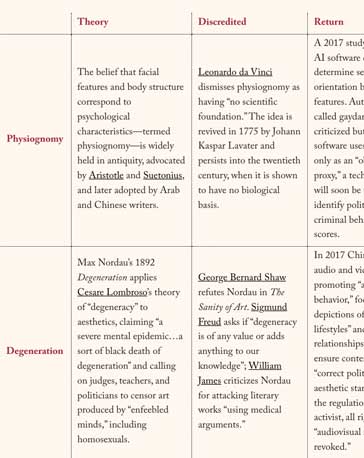Miscellany
“If people would think more of fairies, they would soon forget the atom bomb,” Walt Disney quipped in 1948. President Dwight D. Eisenhower agreed: public fear of the atom bomb was growing, and in 1953 he assured Americans in his “Atoms for Peace” speech that war was not imminent and that nuclear technology had enormous potential for peacetime activity as well. Eisenhower then recruited Disney to produce a television program promoting the “peaceful atom.” In 1957, “Our Friend the Atom” aired on ABC, featuring animated cartoons and narration by Heinz Haber, a scientist who had worked in Nazi Germany and later became a technical consultant for Disney’s Tomorrowland theme park.

